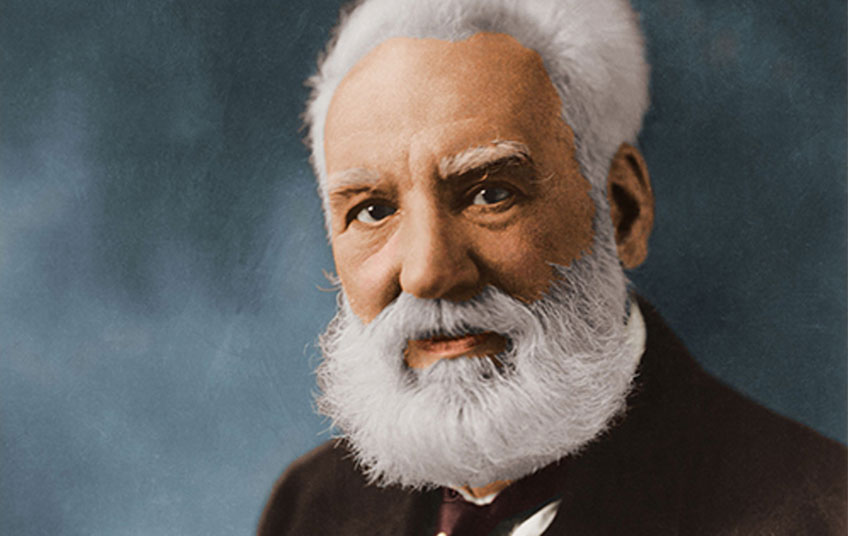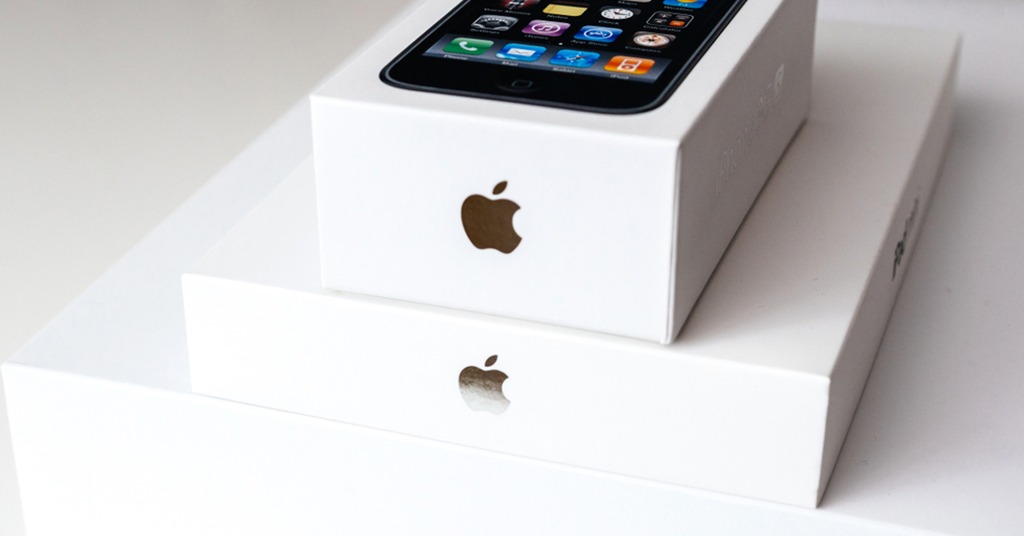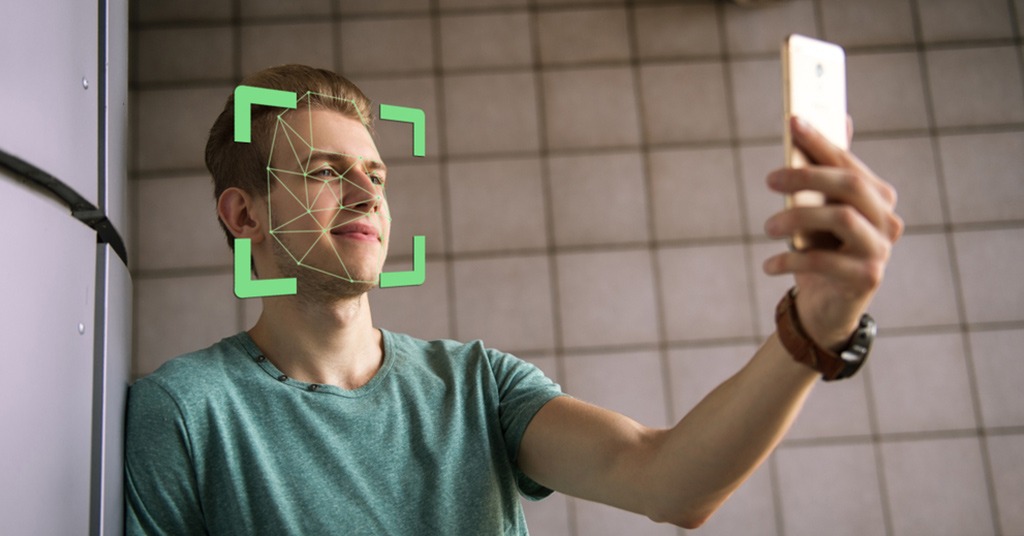In this article, we suggest a brief history of the phone

The invention of the telephone: from Bell’s patent to present. Source: shutterstock.com
A long time has passed since the invention of the phone. In terms of human history, 144 years may seem a short period. However, those years have changed societies beyond recognition with the help of the technology patented by Alexander Graham Bell.
The first telephone sets weighed up to 80 pounds (36.3 kilograms). Even the first practical cell phone still wasn’t a tiny device – it was 9 inches (22.9 centimetres) long and weighed 2.5 pounds (1.1 kilograms). Cell phones were originally created so that people could talk while driving. Today, phones became truly mobile, easily fitting in any pocket. They have also become smart – with extensive mobile operating systems, great software and multimedia functionality, various sensors, etc. Calls can be accepted anywhere with smart accessories. Therefore, cell phones are used 24/7 for various purposes.
According to a survey by Compete, a web analytics firm, almost 65% of people are using their smartphones to read news feeds, post status updates, read & reply to messages and post photos. They have a great impact on business, education, financial management, healthcare, and social life altogether. Modern phones have made communities better interconnected allowing instant communication, facilitating payments and all types of assistance. Mobile payments promote a smooth transition to cashless economies all over the world. Allied Market Research has estimated that the global mobile-payments market will grow by more than 33% until 2022.
History of the phone
Here is a short historical overview of the way from the first bulky telephone transmitter to omnipotent smartphones.
1876
Alexander Graham Bell was awarded the first U.S. patent for the invention of the telephone.

Alexander Graham Bell. Source: wikipedia.org
1915
First U.S. coast-to-coast long-distance telephone call between A.G. Bell in New York City and his former assistant Thomas Augustus Watson in San Francisco, California.
1919
The American Bell Telephone Company began national service for user-controlled rotary dial phones.
1927
The first transatlantic phone call, from the United States to the United Kingdom.
1946
Bell Labs began to offer mobile telephone services on vehicles while AT&T started offering its own Mobile Telephone Service. Eventually, they joined efforts to introduce cellular technology.
1979
1G based on analogue technology was first deployed in Tokyo. The rest of Japan, Sweden, Norway, Finland, and Denmark received 1G in 1981.
1983
Motorola released its first commercial mobile phone.
1991
2G cellular networks were commercially launched on the GSM standard in Finland by Radiolinja. They featured digital encryption of conversations.
1992
Short Message Service (SMS) was introduced. The first SMS ever sent said “Merry Christmas!”

The first SMS ever sent said “Merry Christmas!” Source: unsplash.com
1995
The development of T-9 (Text on 9 keys) facilitated messaging that was getting increasingly popular.
1996
The first clamshell cell phone MicroTAC from Motorola became the first foray into truly portable devices. The first-ever phone with the ‘slider’ form factor was released in the shape of the Nokia 8110. It had the nickname “banana phone” due to its shape.
1999
emojis were invented in conjunction with the launch of i-mode, the mobile internet in Japan. The first browsing-like mobile application was introduced simultaneously. It allowed customers to purchase items through their phones.
The BlackBerry email service launched, enabling the first wireless device to sync with corporate email systems. The Benefon Esc! became the first commercially available cell phone to boast GPS functionality.
2000
The first cell phones that had MP3 players and cameras came to the market.
2001
The first commercial launch of 3G by NTT DoCoMo in Japan, although it was only available in cars. Since it required expensive equipment and new licences, widespread adoption of 3G took up to 10 years in some regions.
2003
The Beta version of Skype was introduced. It allowed people to instant message and video chat with their friends, family and colleagues from around the world. The implementation of 3G took download speeds up to 2MBS with “3” the first to offer the service in the UK.
2007
The first iPhone introduced an entirely new user interface based on a large multi-touch display and pioneering new software. App-enabled smartphones took over the market after the release of the iPhone.

The first iPhone introduced an entirely new user interface. Source: shutterstock.com
2008
The first Android phone, HTC Dream also known as the T-Mobile G1 launched.
Amazon launched TextBuyIt that allowed users to check prices and purchase items using SMS. One of the world’s first mobile wallets, GCash was created.
2011
Google Wallet was released.
The same year, Apple introduced the world to its intelligent voice assistant. The Siri launch was the culmination of a long-term AI dream, although voice recognition became commonplace first with Google Voice (that originated from GrandCentral) a few years before Apple launched Siri into the market.
2012
The UK’s first 4G service launched in 11 cities by EE taking download speeds up to 12mbps. The global adoption of 4G vastly improves video streaming and video calling capabilities. Screen sizes continued to grow to maximise the experience of these features, with the iPhone 7 Plus display now 57% larger than the original iPhone from 2007.
2014
Apple Pay was launched, followed a year later by Android and Samsung Pay.
The same year, Samsung added a built-in heart rate monitor to their flagship Galaxy S5 to capitalise on growth in mobile health & fitness.
2017-2019
Apple, Samsung and Huawei all introduced smartphones with powerful AI chips that could perform up to 5 trillion operations per second and used significantly less power to accomplish tasks. With AI, these phones provided features from Face ID to augmented reality.

With AI, these phones provided features from Face ID to augmented reality. Source: shutterstock.com
2019
5G, the fifth-generation wireless technology, has begun wide deployment. 5G speeds will range from ~50Mbit/s to over 2Gbit/s and are expected to grow to as much as 100Gbit/s. Beyond mobile operator networks, 5G is also expected to be widely used for private networks with applications in industrial IoT, enterprise networking, and critical communications.
2020
Worldwide sales of smartphones to end-users are on track to reach 1.57 billion units. The key focus for vendors will be access to 5G and enhancement of the camera technology within devices.
The current number of smartphone users globally is 3.5 billion while the total number of mobile phone users is 4.78 billion. This means that 45.12% of the world’s population owns a smartphone and 61.62% use some kind of a mobile phone.
SEE ALSO:









